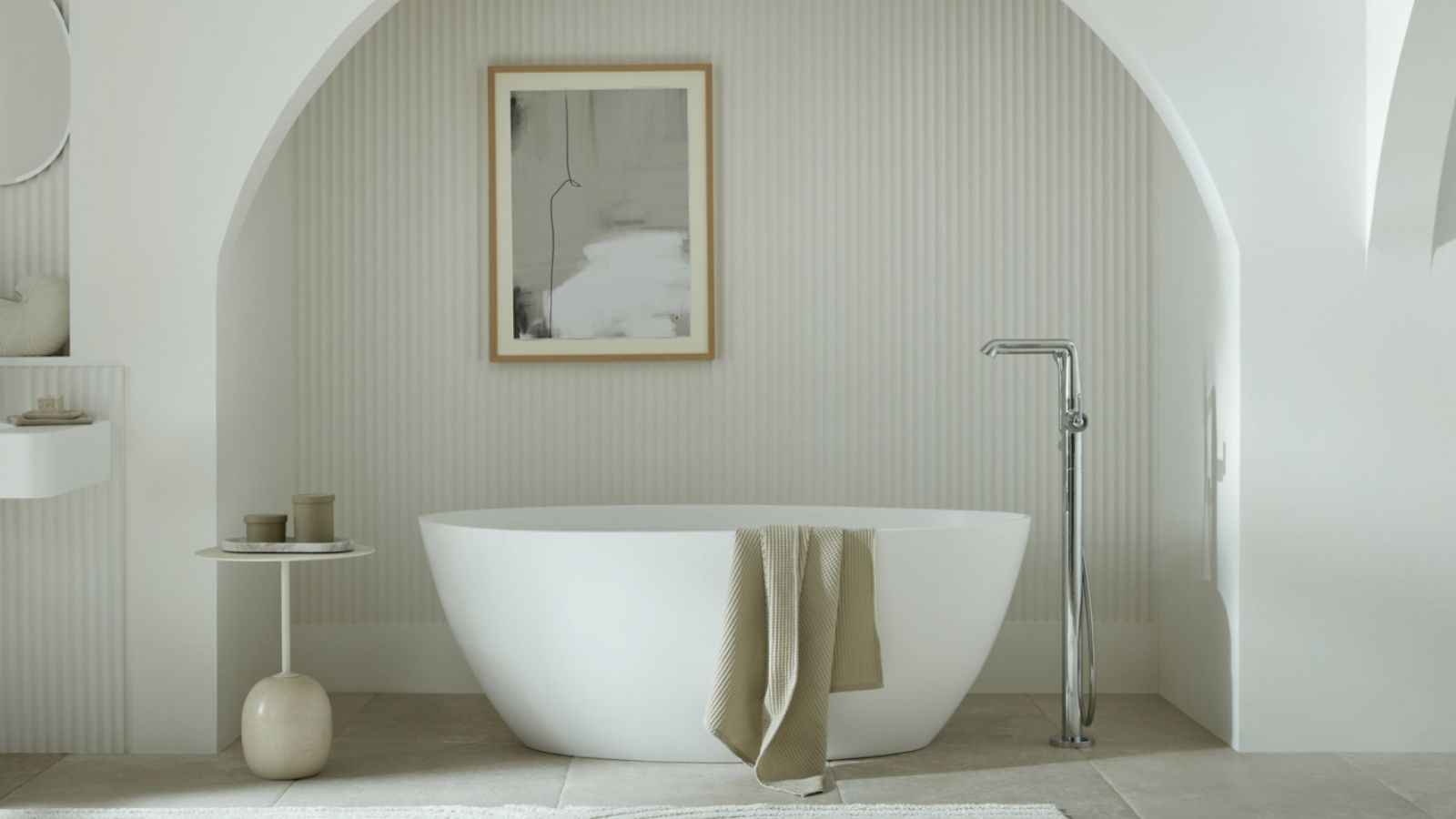
When designing a bathroom, the aesthetics are often the first thing on our mind and then later down the line, we realize not all of our dream features are the easiest to maintain and keep clean.
While it might not be the first thing to consider when planning a new bathroom, considering how easy the space is to maintain is a good consideration to keep in mind if you want to save time and energy and not wind up hating your new space.
We talked to interior designers to learn how to design a bathroom that is easy to clean without designing a bathroom that doesn’t feel sterile.
How to design a bathroom that is easy to clean
From bathroom layout mistakes to avoid to bathroom storage mistakes making your space difficult to maintain, this is what to avoid for an easy-to-clean bathroom.
1. Don’t pick tiny tiles
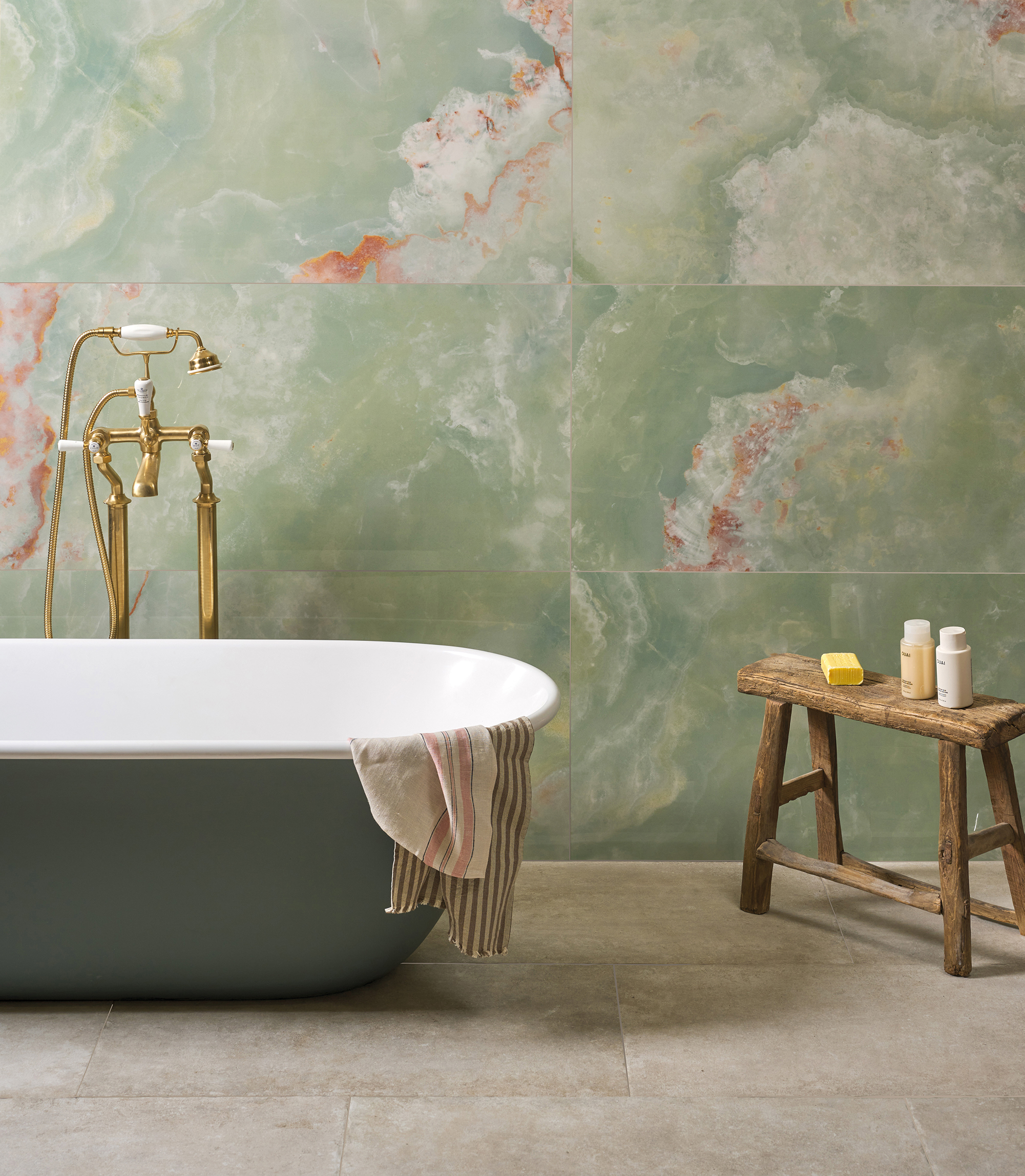
Picking out your bathroom tiles is one of the best parts of a bathroom renovation. However, they make the biggest difference to how easy your space is to clean, so making a mistake here could result in you hating your new space.
Joe Human, interior designer and owner of Design by Human, suggests picking large-format tiles or slabs that are easier to clean. Water will run off of them more easily than smaller tiles.
‘Don't get me wrong, I love a great mosaic or small tile, but cleaning grout lines creates more maintenance. If you do go for a tile with a lot of grout I recommend using epoxy grout, it will keep its color and resist mildew a lot better than regular non-sanded grout.’
2. Ditch floating sinks
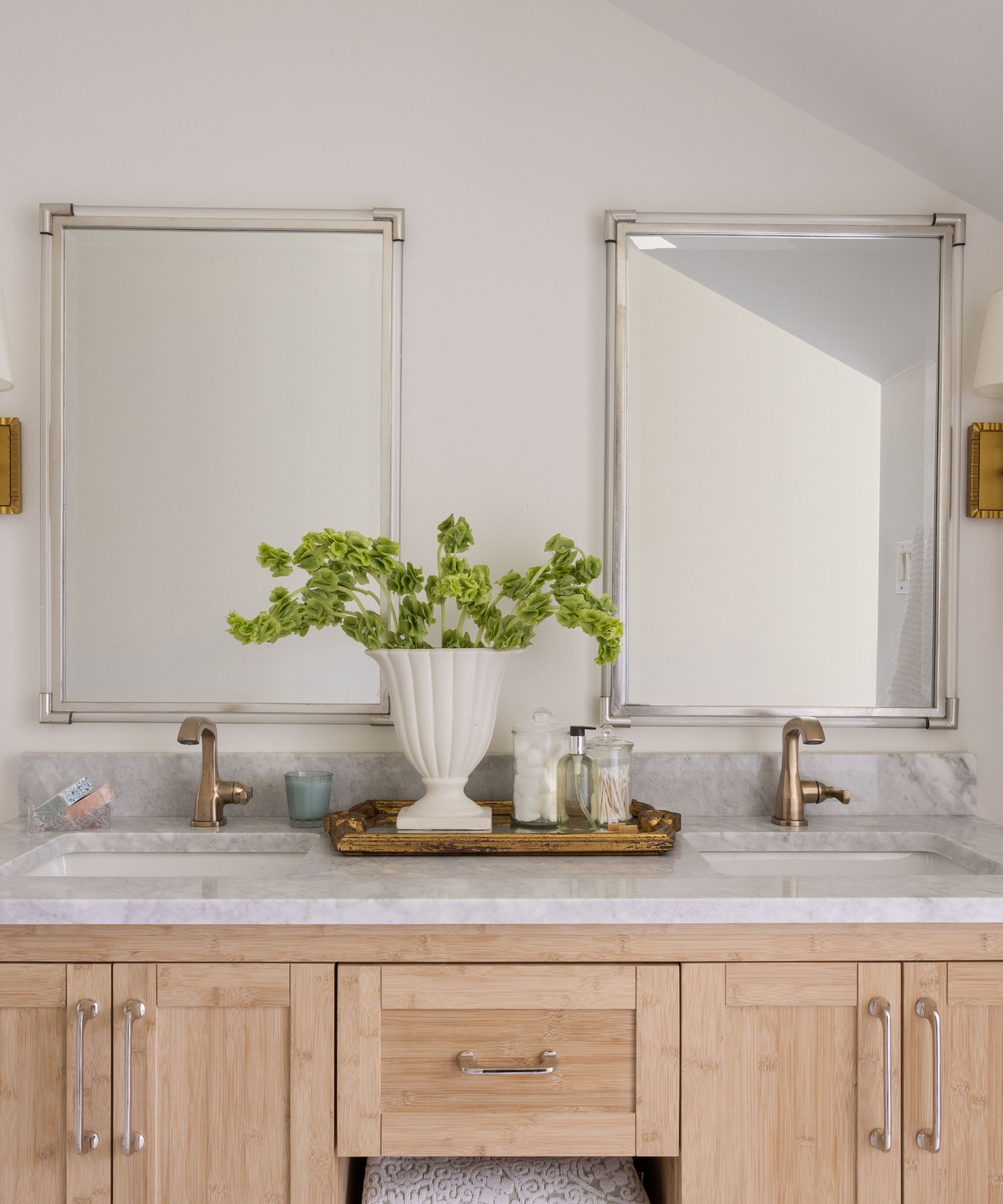
A floating bathroom vanity unit can look very sleek while still offering ample bathroom storage, but they are a nightmare for cleaning beneath and are magnets for dust and dirt, reminds Anne Haas, principal designer at Anne Haas Design.
When designing her own bathroom, Anne shares that ‘the vanity went all the way to the floor. It was not floating or a style that looks like furniture, so you do not have to clean underneath it. It also went into the corner and didn't leave space to collect dust between the edge of the vanity and the wall.’
3. Avoid ‘living’ finishes
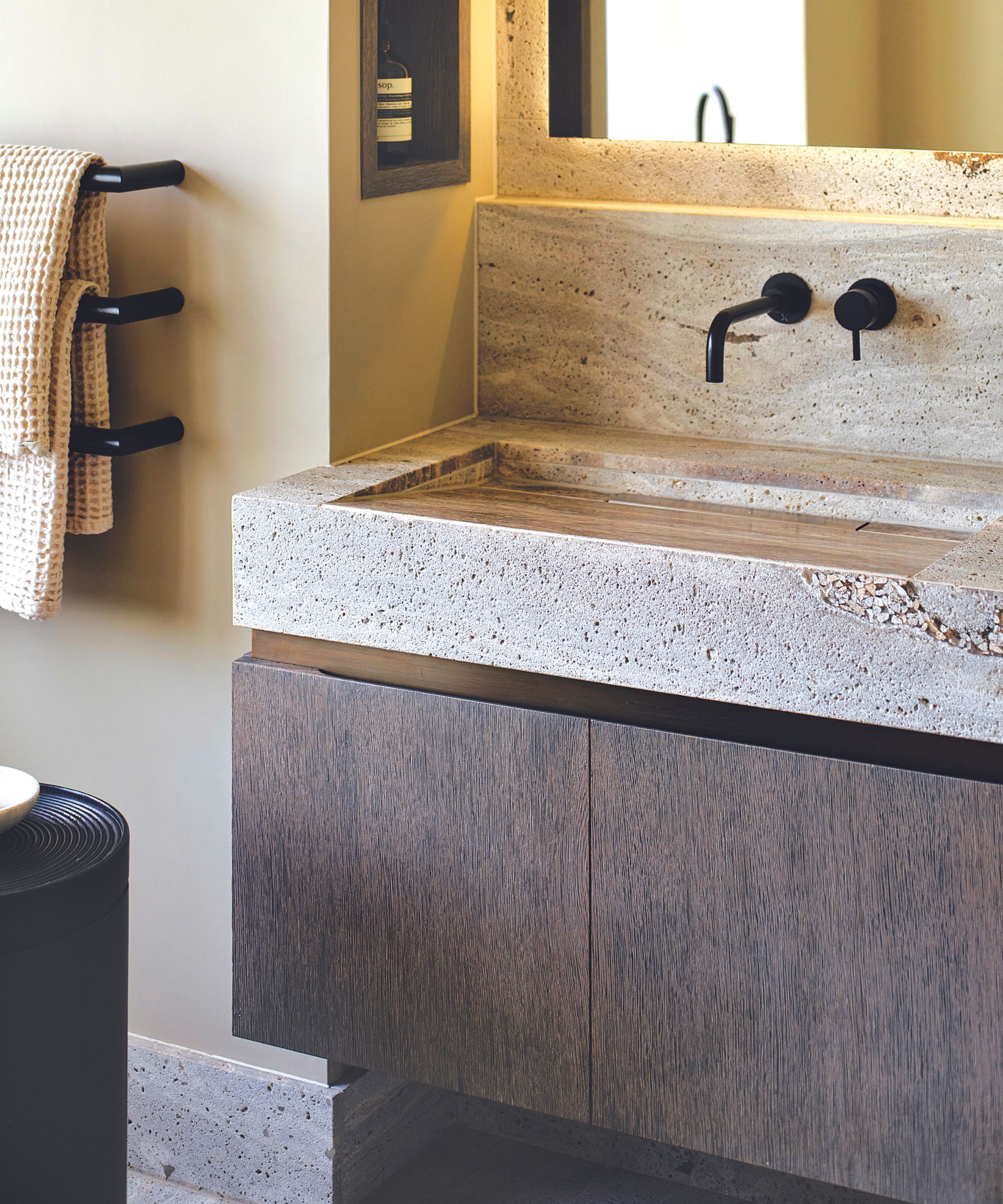
There are several critical questions to ask before buying bathroom faucets – the main one being whether you are willing to maintain a ‘living’ metal finish, such as brass that will stain and discolor without rigorous maintenance.
‘I love living finishes but for maintenance purposes stick with a traditional finish such as a chrome or matte black,’ Joe Human, interior designer, recommends. ‘They will require the usual clean and wipe down but not polish like a true living natural brass would, even though natural brass is a lovely finish! This can go for both fixtures and sinks as well as accents.’
4. Pick nonporous countertops
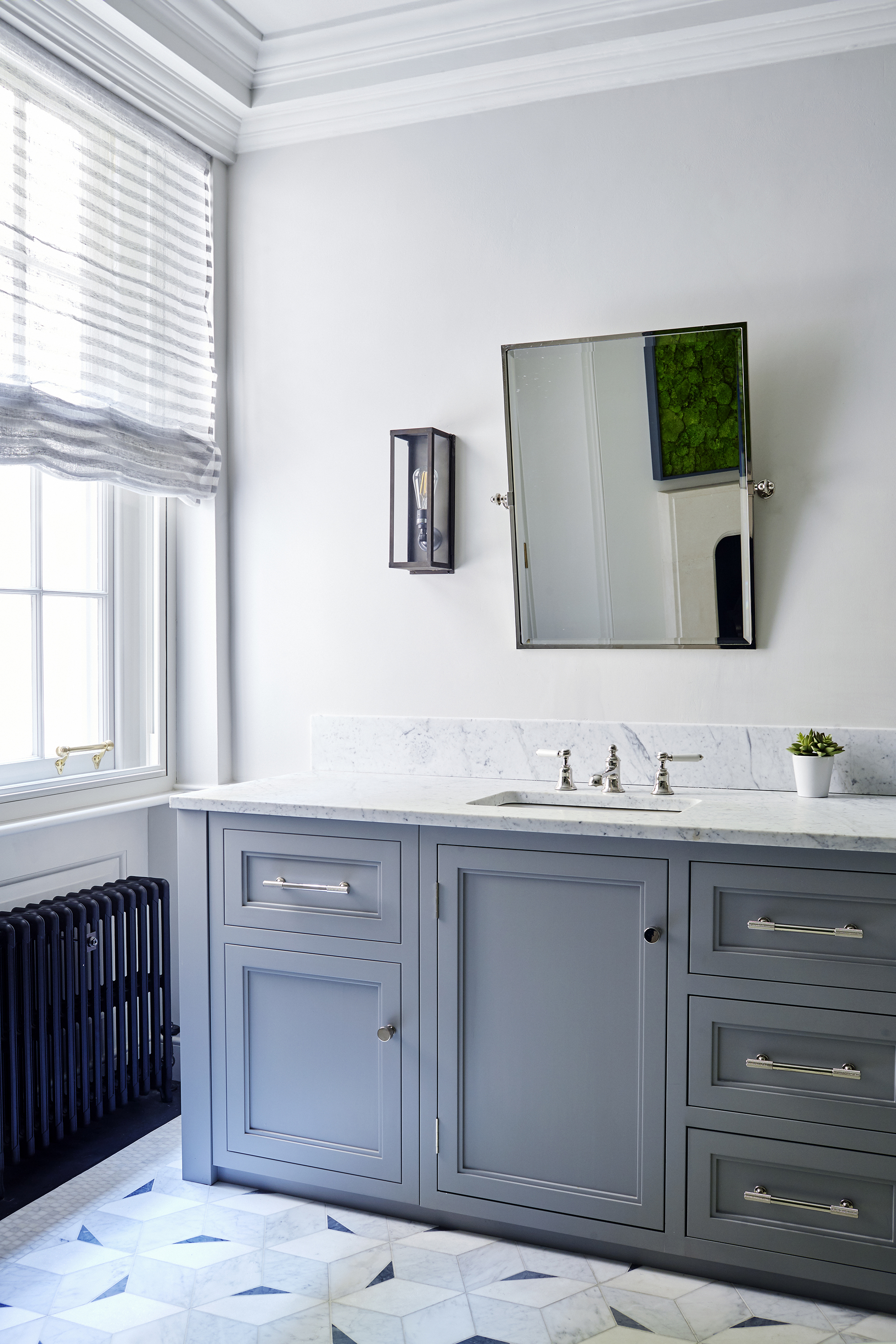
Picking a natural stone countertop can look beautiful, but they require serious upkeep to keep them looking their best and avoid mold, adds Daniel Brown, professional cleaner at Handy Cleaners:
‘Consider using countertops with non-porous materials as an effective solution to avoid water absorption and prevent the formation of mold and mildew. Although it looks beautiful, the permeable natural stone surfaces will be more susceptible to staining and require sealant regularly; otherwise, the maintenance is time-consuming.’
5. Use shower glass, not curtains

Shower curtains can add a whimsical touch to any bathroom, but removing mold and mildew from them is one of the hardest household cleaning tasks. Daniel Brown, professional cleaner, thus recommends picking glass doors instead:
‘Curtains need frequent washing or replacement, so enclosing your shower with glass is preferable for the highest level of hygiene and the least amount of maintenance involved.
‘Frame-type shower walls made of glass are a great no-cleaning solution around bulky metal frames and shower curtains, offering a neat and easy-to-maintain appearance,’ he adds.
6. Always add a hand shower
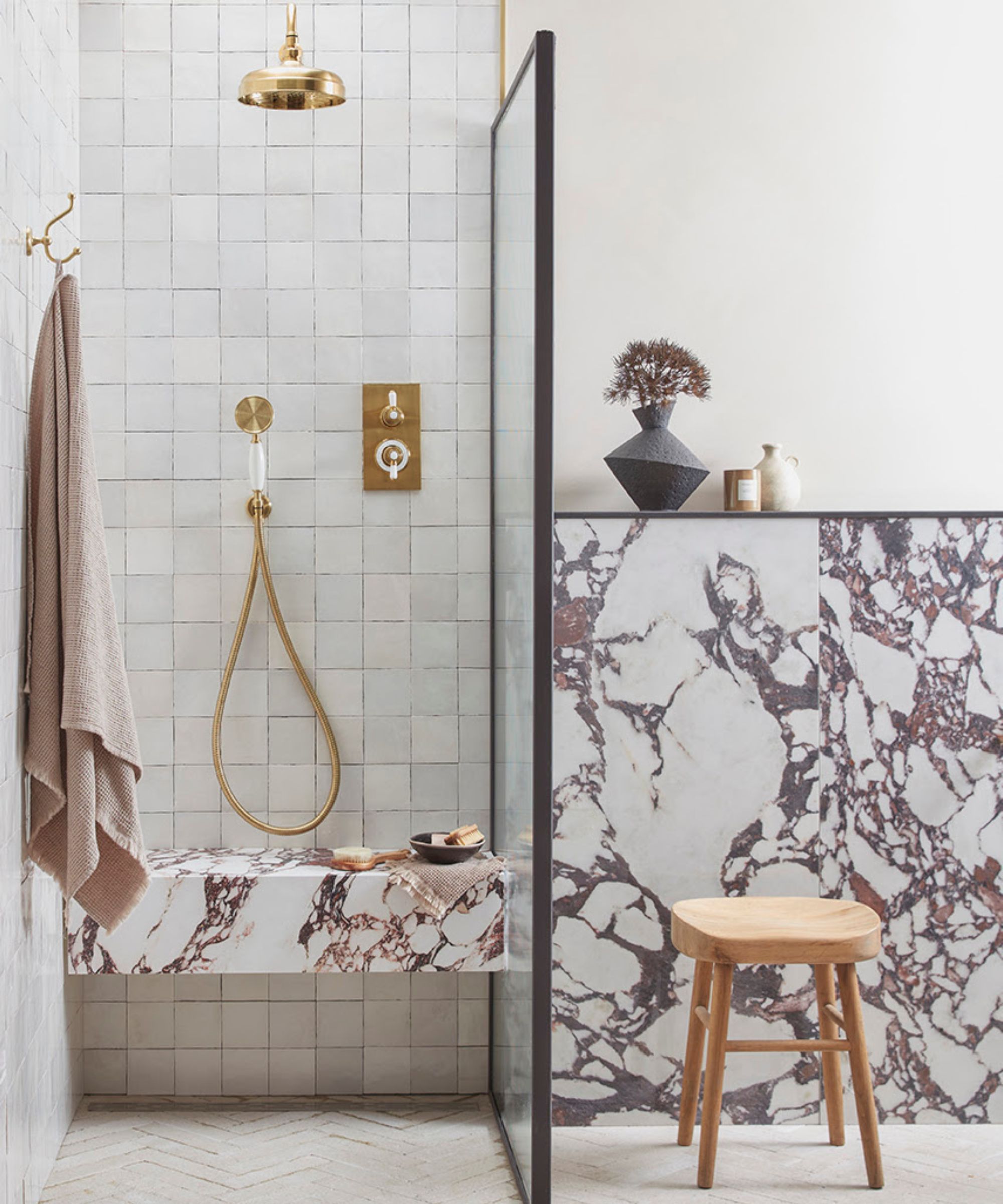
A common shower room design mistake is installing one fixed shower and calling it a day. Interior designer Joe Human recommends always opting for a handheld shower instead, however, to make cleaning and rinsing your shower down ten times easier.
‘No matter what the budget for a project I am working on I always add a hand shower. If nothing else, it makes cleaning the tub or shower a lot easier with the added benefit of being functional for showering also.’
7. Install ventilation fans
Proper bathroom ventilation is absolutely essential in any bathroom, but more so when designing a space that is easy to clean.
Good ventilation fans will help to remove moisture before bathroom mold and mildew grow, Daniel Brown, cleaner, explains. This then contributes to a healthier and more hygienic bathroom space.
8. Install a skirted toilet and integrated sink
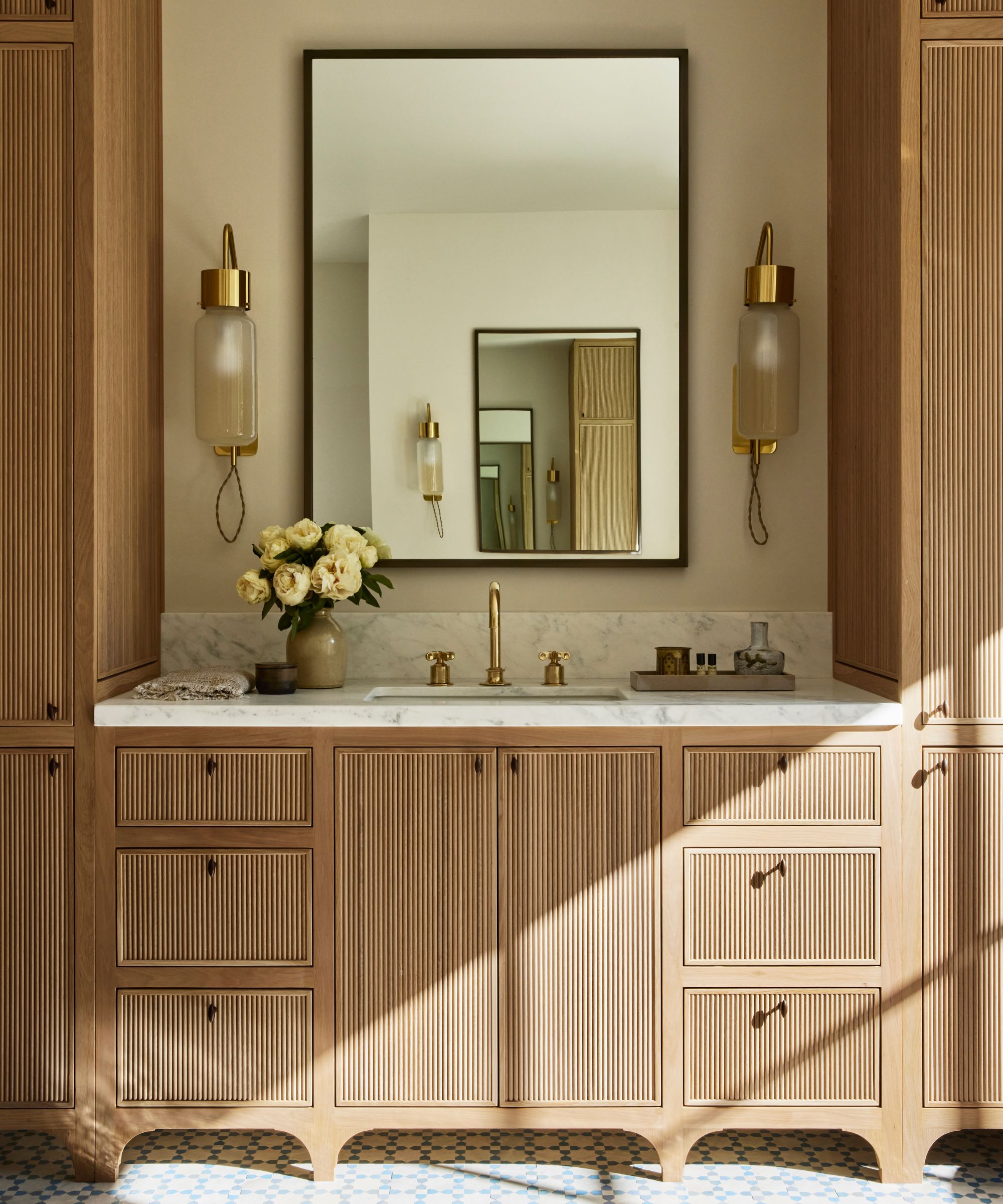
Any bathroom feature that creates little nooks and crannies will inevitably make your bathroom more difficult to clean. As such, it is helpful to pick bathroom features such as skirted toilets and integrated sinks (not sinks that sit on top of your counters) to eliminate small gaps where dust and bacteria can accumulate.
This was something else designer Anne Haas was considerate of when planning her own space:
‘The toilet was skirted, so there are no nooks and crannies to clean on your hands and feet. This is a place where so much dirt and dust collects (as well as urine if you have boys!). Not only is this easier to clean, but the smooth, continuous surface means it looks less fussy and cleaner as well. The sink was an integrated sink, which is easier to clean because you don't have to contend with the undersides of where the countertop and sink meet. Mold tends to grow in its wet environment.’
FAQs
What is the easiest bathroom floor to clean?
The easiest bathroom floor type to clean is ceramic tile with minimal grout lines. When planning a bathroom that is easy to maintain, opt for large format tiles that have minimal joints so that you can steam them, rather than have to get on your hands and knees and scrub the grout lines one by one to prevent discoloration.
What is the lowest maintenance shower material?
Showers made from acrylic paneling are often the easiest to maintain and clean due to the lack of grout lines and non-porous surfaces. These panels also come in a variety of colors and textures, making them perfect for customizing your bathroom.
Designing a bathroom that is easy to clean just doesn't benefit you in the immediate future; it is also a great way to future-proof your home and design a multi-generational bathroom, too. Simple to clean surfaces means that it is easy to teach children how to maintain surfaces such as the vanity and sink, while older generations can still maintain the space without any safety concerns.







